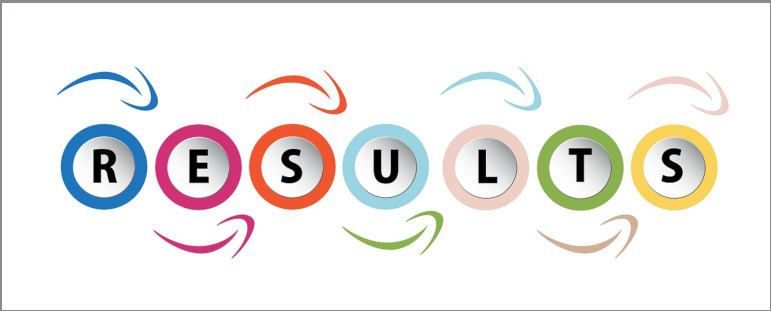
Nearly all not-for-profit organisations need to undertake some degree of marketing activity to achieve their goals. Creating an effective marketing strategy helps to ensure that this activity is targeted, effective and value for money.
First, let’s look at the difference between a marketing strategy and a communications strategy, as both are important.
In business terms, a marketing strategy is about promoting and selling products or services. It includes the full marketing mix, including deciding where to sell (in person or online) and to whom (targeting by socio-economic group or geographical area).
A communications strategy focuses on getting the right information and messages to engage important groups of people, including current and potential customers and other stakeholders. Its aim is often raising awareness and building a positive reputation.
Many organisations (especially not-for-profits, including schools) adopt a hybrid of the two – a marketing communications (or marcomms) strategy; the communications activity needed to effectively promote your product or service to your target market.
Preparing to Write Your Strategy
Before writing your strategy, take some time to analyse your starting point – what you have done previously and the external factors that may impact on what you decide to do. You don’t need to spend hours on your analysis, but a basic understanding of your starting point will help you to write a more effective strategy.
Existing materials
A good place to start is reviewing your existing marketing material, including your website, social media channels, prospectus, newsletters, staff recruitment materials, your logo and even the signage and banners outside your building. This is the face you are presenting to the world.
Do the materials have a common visual theme, linked through colours, photos and the tone of language? This help create a strong identity. Do they look professional? This instils confidence in the organisation and its leaders. Do they reflect your ethos and mission?
Past activity
Then note down the activities you have carried out in the past 12 to 24 months. How do your target audiences find out about you? How do you communicate with them? This might include supporters, customers, stakeholders, staff, the community, volunteers, service users, pupils and parents.
Do a quick assessment of what activities or communication channels worked well and which didn’t. Are there activities you should do more of? Or less? If the honest answer is that you don’t know, consider what metrics or feedback you could have used to judge effectiveness. You can feed these into your new strategy.
Competitor analysis
Next, have a quick look at what other similar organisations are doing to promote themselves. Do they advertise? Where? How does their website or prospectus compare to yours? What image are they using? How are they working with other providers – or feeder schools?
You shouldn’t start doing something just because others are – there’s no guarantee it works for them – but an understanding their approach should inform your own.
SWOT analysis
Most leaders will have used a SWOT analysis at some point – outlining strengths, weakness, opportunities and threats. For informing your marketing communication strategy, you don’t need huge amounts of detail; it should act as a reminder of those factors that may have a bearing on your recruitment.
Your marketing communications strategy should then capitalise on the strengths and opportunities and minimise the threats and risks.
What makes you different
Whether your aim is to improve staff or student recruitment or increase fundraising, you will need to give people a reason to choose you.
Businesses talk about their ‘unique selling point’ (USP), what makes them different from their competitors. This is true for not-for-profits and schools as well – there will be elements that set you apart. It might be your ethos, the range of opportunities or services you offer, or the partnerships you have access to.
Be clear about those elements that, combined, make you different, and make this the focus of your marketing messages. It will help you to stand out and give people a reason to choose you.
Resource
Finally, determine how much budget and staff time you have to put towards your marketing activity. You will need to make some commitment of both money and time, but be realistic in what you can do.
There is no point putting together a wildly ambitious marketing communications strategy if you don’t have the resource to make it happen. It is better to focus on a few key things and do them well, than to embark on lots of activity that either falls by the wayside or doesn’t have a positive impact.
If budgets are tight and you don’t have someone with marketing expertise on your staff, investing in a few hours’ time from an external marketing and communications consultant to develop your marcomms strategy can be an effective use of resources in the long run.


